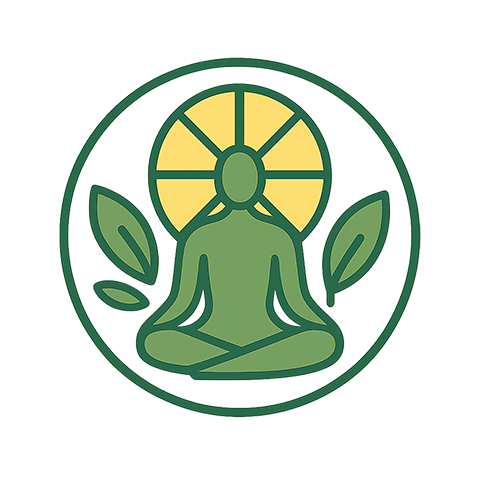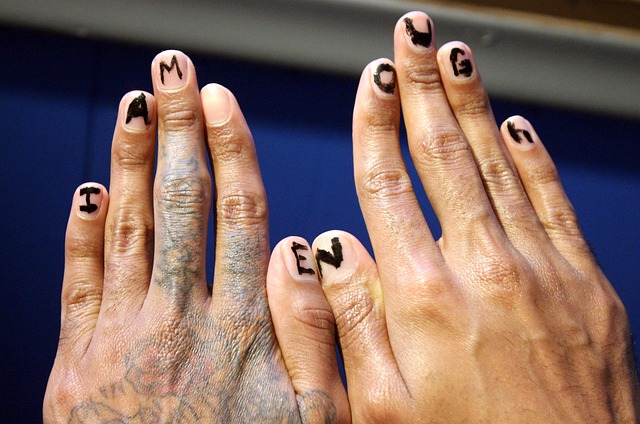Self Improvement Habits for Digital Detox Balancing Tech and Humanity
In an era where screens are woven into every corner of our lives, the line between digital convenience and digital fatigue has become increasingly blurred. For those who feel the constant buzz of notifications, the pressure to stay connected, and the subtle erosion of face‑to‑face interactions, the pursuit of self‑improvement habits that favor human connection over pixel‑driven distraction offers a tangible path toward renewed well‑being.
The Invisible Toll of Digital Overload
Modern devices deliver an unprecedented volume of stimuli: emails, texts, social feeds, news alerts, and endless entertainment options. Research indicates that average adults spend more than eight hours a day in front of a screen, a figure that rises sharply during work hours. This constant bombardment can lead to eye strain, sleep disturbances, mood swings, and a sense of detachment from the present moment.
Moreover, the cognitive architecture of the human brain thrives on depth and reflection, not on rapid, fragmented information bursts. When the brain is forced to process information in a hurried, superficial manner, creativity, critical thinking, and emotional resilience can suffer.
Foundational Self‑Improvement Habits for a Digital‑Human Balance
Building a healthier relationship with technology involves more than simply turning devices off. It requires intentional, daily habits that reinforce human interaction, mindfulness, and physical presence.
- Set Defined Tech Boundaries: Establish specific times when screens are allowed and times when they are strictly prohibited. For example, no devices during meals or the first hour after waking.
- Prioritize Quality Interactions: Schedule regular in‑person or voice‑only conversations with friends and family instead of defaulting to instant messaging.
- Engage in Mindful Presence: Practice breathing exercises, short meditations, or simply observe surroundings without a phone in hand.
- Allocate “Tech‑Free” Zones: Designate rooms or areas of the home, such as the bedroom or dining room, where electronic devices are not permitted.
- Reflect Weekly: End each week with a brief journaling session focused on how digital habits affected mood, productivity, and relationships.
The Role of Digital Detox in Self‑Improvement
A structured digital detox doesn’t require a complete abstention from technology for an extended period; rather, it is a purposeful pause that re‑orients attention toward non‑digital experiences. A well‑planned detox can boost energy, sharpen focus, and restore emotional equilibrium.
“Detoxifying your screen time is not about being tech‑averse; it’s about creating space for the human mind to breathe.” – Anonymous
To implement a detox, start small: designate one evening a week as “tech‑free,” then progressively expand the duration as comfort grows.
Crafting a Personal Digital Detox Plan
Everyone’s relationship with technology is unique. A personalized detox plan considers individual routines, responsibilities, and emotional triggers.
- Identify key digital triggers (e.g., compulsive email checking, endless scrolling).
- Map out daily routines and highlight opportunities for technology breaks.
- Set SMART goals (Specific, Measurable, Achievable, Relevant, Time‑bound) such as “reduce morning phone use to 10 minutes.”
- Use apps that limit usage or provide usage analytics, turning technology into an ally rather than a foe.
- Celebrate milestones with non‑digital rewards—like a walk in the park or a favorite book.
Mindful Tech Usage: The Golden Ratio of Screen Time
Mindful usage acknowledges the value of digital tools while guarding against their overreach. Practicing mindful tech usage involves conscious intention behind every interaction.
- Ask before opening an app: “What purpose does this serve?”
- Limit multitasking; focus on one task at a time to avoid cognitive overload.
- Use “Do Not Disturb” modes strategically during deep work or family time.
- Replace background noise from streaming services with natural sounds or silence to support focus.
Reimagining Social Media in a Balanced Lifestyle
Social media, when used mindfully, can be a source of connection, inspiration, and community. The key lies in shaping habits that preserve self‑esteem and reduce comparison.
- Curate feeds to include only uplifting and educational content.
- Set time limits for scrolling sessions.
- Use social media primarily for meaningful interaction rather than passive consumption.
- Schedule “content detox” days where only essential communication channels are used.
Sleep Hygiene and Digital Consumption
Exposure to blue light and constant stimulation directly impact melatonin production and sleep quality. Prioritizing sleep hygiene is an essential self‑improvement habit.
- Turn off all devices at least 90 minutes before bedtime.
- Keep the bedroom as a sanctuary: only books, journals, or soft music.
- Consider a sunset‑mode or night‑light setting on devices that reduces blue light emission.
- Use a sleep tracker to monitor how screen use correlates with sleep patterns.
Reflective Practices: Journaling, Meditation, and Body Awareness
Integrating reflective practices supports the psychological transition from tech‑centric to human‑centric engagement.
- Start a gratitude journal focused on moments of genuine human connection.
- Incorporate brief meditation sessions, especially before or after digital usage.
- Engage in body‑scan exercises to identify tension that may arise from prolonged device use.
- Set weekly reflective prompts: “What did I learn from being present?”
Building a Supportive Environment
Creating a supportive environment can reinforce new habits. Family, friends, and coworkers can become allies in maintaining digital balance.
- Share goals with a trusted friend and agree on check‑in moments.
- Arrange group activities that encourage off‑screen interaction, such as board games or hiking.
- Encourage workplace policies that respect “no‑meeting” hours or tech‑free lunch breaks.
Maintaining the Balance: Strategies for Longevity
Long‑term success hinges on the integration of habits into daily life, not on periodic extreme measures.
- Revisit and revise goals quarterly to reflect changing life circumstances.
- Use habit‑tracking tools to visualize progress and identify patterns.
- Celebrate small victories; this reinforces motivation.
- Accept that occasional lapses are normal; re‑commit rather than self‑punish.
- Stay curious: experiment with new offline activities to keep the experience fresh.
Conclusion: The Path Forward
Balancing technology with humanity is less about eliminating screens and more about cultivating intentional, self‑improvement habits that honor human connection, mindful presence, and well‑being. By setting clear boundaries, embracing digital detoxes, practicing reflective routines, and nurturing supportive networks, individuals can reclaim control over their digital consumption and rediscover the richness of real‑world interactions. The journey toward a balanced life begins with a single decision: to use technology as a tool, not a master.



